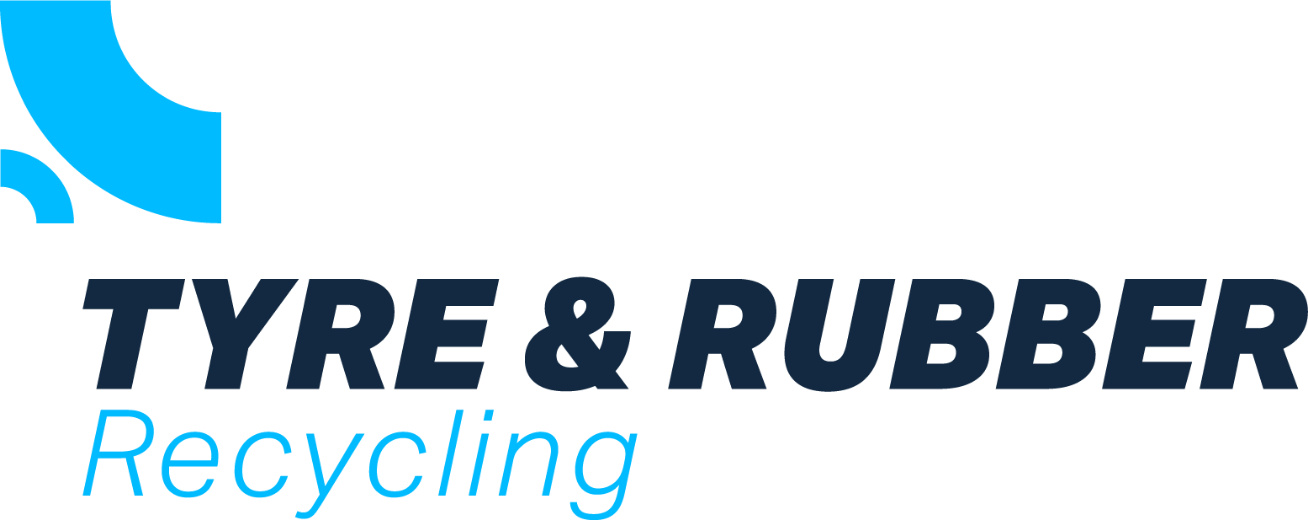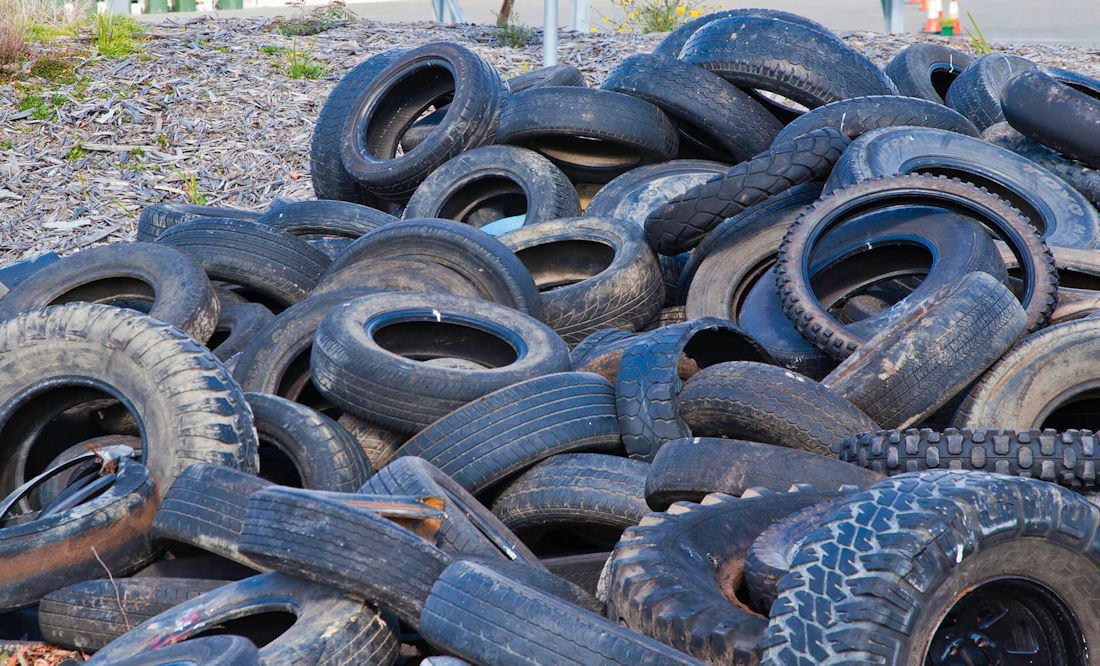The NSW Government has unveiled the first part of its infrastructure plan to prevent a waste crisis in NSW.
The NSW Government has released its first waste and circular infrastructure plan to address future needs for a growing population. Without intervention, landfills in Greater Sydney could reach capacity by 2030, with regional sites also under pressure. Despite investments and new recycling laws, waste generation is projected to surpass available capacity within five years.
Following public consultation, the first chapter of the NSW Waste and Circular Infrastructure Plan has been released – charting a path forward to meet our growing residual waste needs.
The Plan introduces:
- streamlined planning processes, while keeping environmental safeguards, to help approvals for new facilities (including recycling facilities)
- a waste infrastructure concierge to provide advice and planning support
- a new independent Advisory Committee for strategic waste infrastructure
- updates to the energy from waste framework and refining where world’s best practice energy from waste facilities can be developed.
The outcomes of the Energy from Waste review are included as part of this strategy, as energy from waste is an important part of waste infrastructure planning. Modern, latest technology thermal treatment is a better alternative to building new landfills. There are more than 2,000 operating in cities around the world.
This move to allow waste from energy development has been welcomed by recyclers as it is seen to open doors to alternative routes to recycling such as TDF and pyrolysis.
Minister for Climate Change and Energy, Penny Sharpe stated; ““We are in a race against the clock to redesign how we deal with waste. If we haven’t got somewhere to put our rubbish in five years, those red bins can’t be collected…
“…We have to break down the barriers around waste infrastructure investment and planning, while continuing to protect our environment from harm.
“We have to do all the things at once – drive up recycling, drive down waste, better regulate dangerous products, increase reuse and repair, and ban those products that shouldn’t be used in the first place.”
The Waste and Circular Infrastructure Plan does mention pyrolysis of organic wastes but does not specifically mention tyres. Tyre and Rubber Recycling has been told repeatedly that Australia does not allow tyre pyrolysis – though we are aware of a couple of projects in Queensland.
Tyre Stewardship Australia was approached for a clarification from a tyre sector perspective.
TSA’s Lina Goodman responded; “The NSW W2E policy has been around for a while – it was a policy that indicated that only five areas in NSW would be permitted for W2E solutions, largely putrescible waste used as fuel for energy recovery.

“TDF does not fall within this policy, TDF and the ability to use TDF is localised to the facilities that can take them (cement kilns or where coal is used as a reductant); these facilities would need to seek a permit to use TDF at their facilities. For now there is one cement kiln in Berrima NSW that uses TDF to supplement coal to its furnace (approx. 20,000 – 30,000T capacity, but we are nowhere near that now) and Railton in Tasmania that will be doing a $50M upgrade to its cement kiln (Cement Australia) and it will then be able to consume all of Tasmania’s tyre waste as fuel (approx. 5,000 – 7,000T p/a).”
The EPA Eligible Fuels Guide defines tyres as a W2E fuel. “Used, rejected or unwanted tyres, including shredded tyres, tyre pieces, or tyre crumb containing at least 98% tyre material. “
Additionally, tyres are only considered an eligible waste fuel used as fuel in an approved cement kiln. An approved cement kiln has development consent for use of a non-standard fuel, and an environment protection licence (EPL) with conditions allowing the use of tyres as a fuel source within the kiln.
So, the question then arises, why the praise for this latest development from TSA and others?
Goodman explains; “Why the NSW W2E policy is a good one, is that previously it was written in such a way that if an organisation was hoping to invest in pyrolysis or devulcanisation, they would need to do so at one of these five regional areas, which was not really practical. The change in policy indicates that whilst these regions remain the best option, if there is a facility where the recycling process takes the output back to a form that can be used for recycling into a new product again then the policy may not apply to them.”
Regarding pyrolysis, Goodman clarified that anyone could build a pyrolysis plant in Australia if they follow the right procedures and certifications to be received by the authorities. The gaining of such licences is cumbersome, but achievable.

















